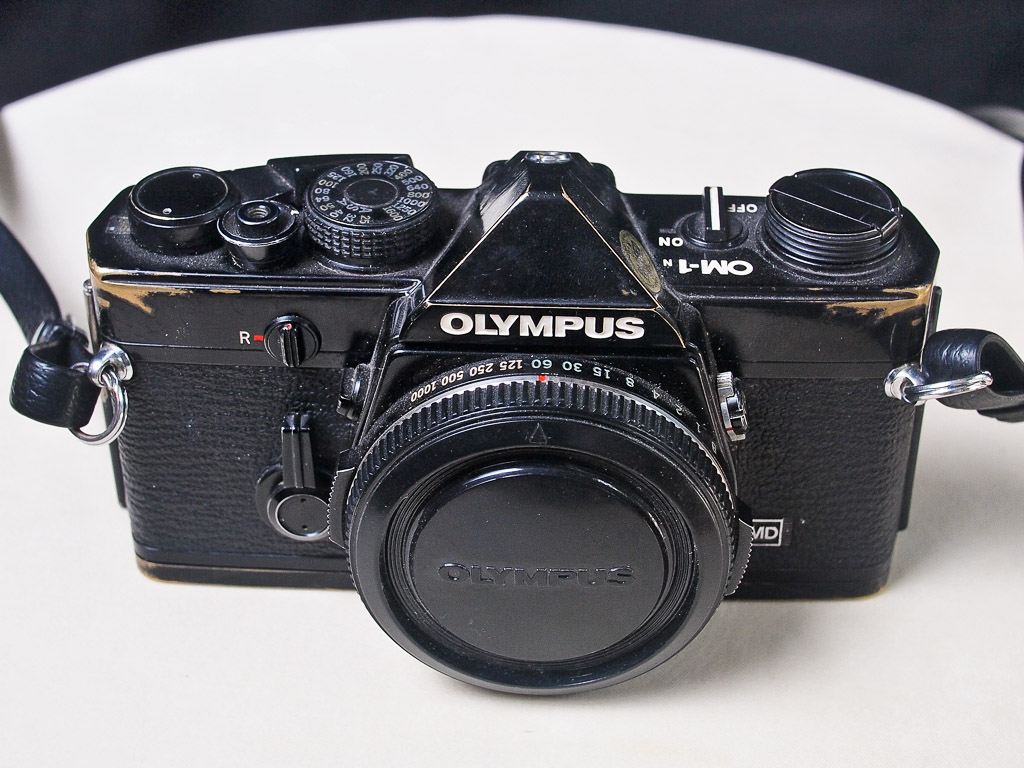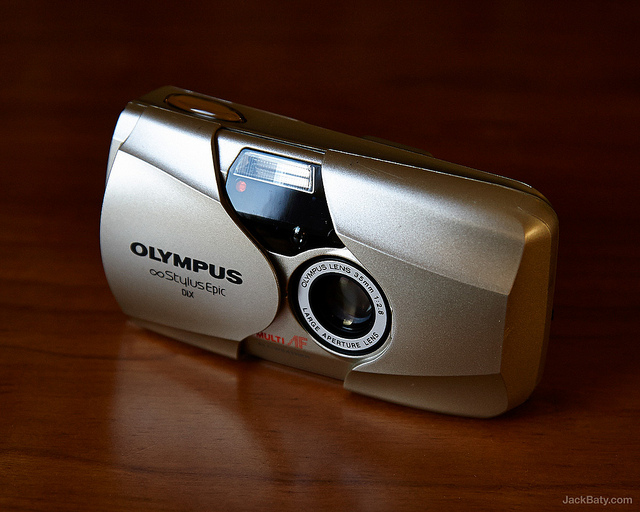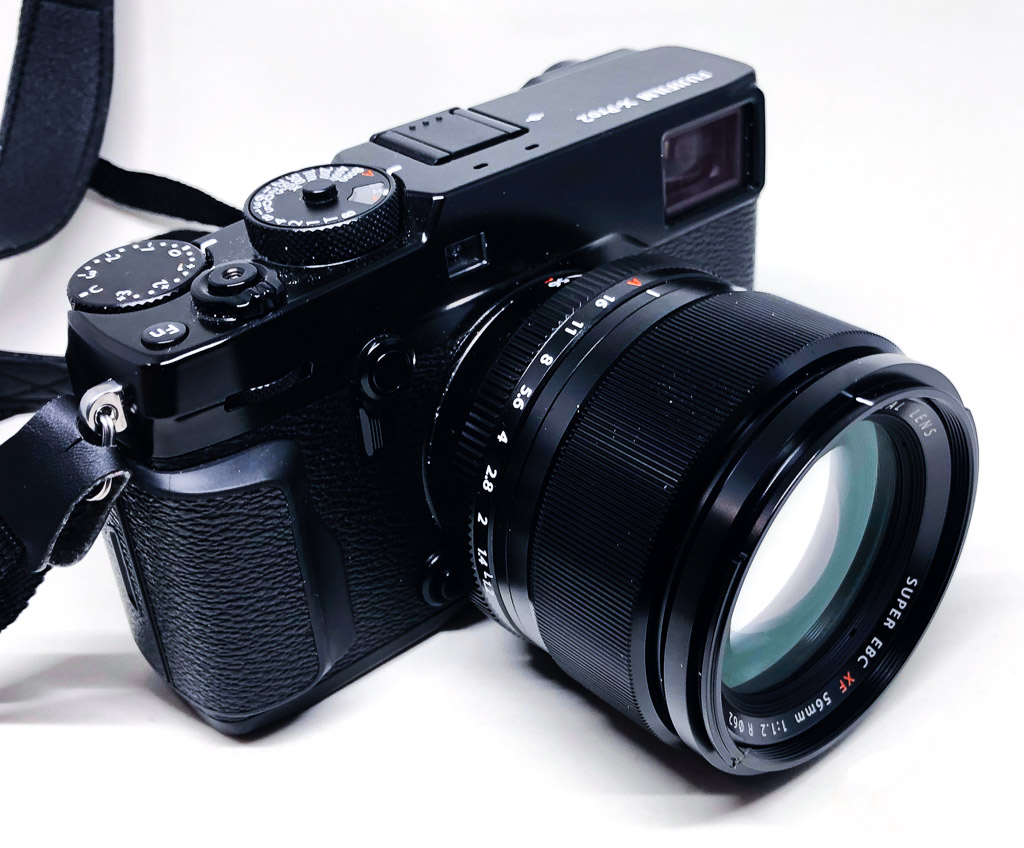Good Cameras
In my previous post about the X-Pro2 and 56mm I wrote, “I feel like I could actually make some decent images with this combination.” That sounds suspiciously like a belief that specific gear is required to make a “decent image” and could start a whole thing about it’s-the-photographer-not-the-camera or the best-camera-is-the-one-you-have-with-you trope.
To be clear, I of course believe that a good photographer can make good photos with any camera. But other than to prove a point, who would would want to?
On the other hand, I’m not a terribly good photographer. I just don’t have the creative vision for it. I enjoy making photos so this is fine with me. Much of the joy I derive from photography is in playing with various cameras and processes. I can make shitty photos with any old camera, and often do, but I prefer to use good cameras whenever possible.
I love cameras, but what do I mean by a “good” camera? For me, a good camera is about how it looks, feels, and functions. By “feel” I don’t only mean touch. I also mean how the camera makes me feel when I’m using it.

Leica film cameras are my idea of the perfect camera. Picking up a vintage Leica M is a tactile experience that no other camera can replicate. The feel of an M is perfect. The size, shape, texture, and weight are all ideal. Beyond that, there’s the emotional “feel” of a Leica. It’s impossible for me to separate Leica from its storied history. I’m sentimental that way, so using a Leica feels good in every way that a camera can.

My old, beat up Olympus OM-1n is a good camera. It had fallen down the side of volcano, so the previous owner gave it to me. It was a mess. The bottom plate literally required a hammer to get it back into shape. It’s tiny and barely works but I always remember where it’s been and I love it.

And yes, sometimes, a good camera is the one you have with you. I’ve been carrying a little Stylus Epic, on and off, for years. I paid $10 for the one in the photo. It’s plastic and cheap, but I love how it works. I can reach into my pocket, open the camera, and take a photo with one quick, smooth movement. And I don’t worry about dropping it. It’s a very good camera.

And then there’s the camera that got me thinking about all this again. The Fuji X-Pro2. It handles similarly to a Leica M. It feels good in the hand. The controls are designed and arranged the way I like them. Finally, the images are technically very very good.
When I wrote “I feel like I could actually make some decent images with this combination” what I meant was that using the X-Pro2 feels good, works well, and helps me create the kind of photos I enjoy making. Therefore, like the others, it’s a good camera.
 Jack Baty's Weblog Archives (2000-2020)
Jack Baty's Weblog Archives (2000-2020)